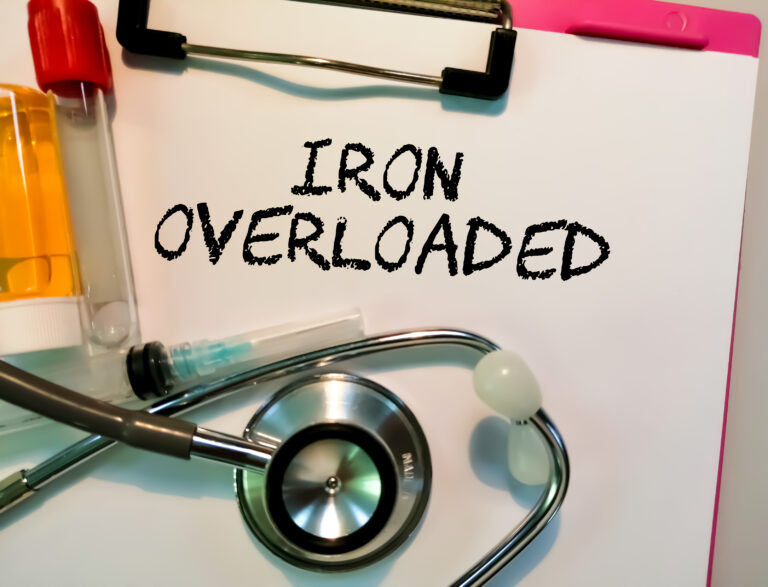Frequently Asked Questions
Frequently Asked Questions & Factsheets
Some of the Frequently Asked Questions we receive from patients, especially when first diagnosed, are answered below. You will also find lots of information and resources in our Information & Resources pages. You can also download our factsheet here.

Hereditary haemochromatosis, or ‘iron overload’, is a genetic disorder that causes the body to absorb two to three times the normal amount of iron. Over the years, the excess iron can build up in the vital organs, joints and tissues where it can cause a number of debilitating and potentially fatal conditions such as liver and heart disease, diabetes, impotence and arthritis.
Hereditary haemochromatosis is the most common genetic disorder in Ireland. One in five people are carriers and 1 in 83 are estimated to have two copies of the gene that puts them at risk for iron overload.
Because early symptoms can be non-specific and attributed to many other causes, haemochromatosis can be difficult to diagnose until more extensive damage has occurred. Even then, haemochromatosis can often be overlooked as the causative factor.
Some early symptoms include:
- Chronic fatigue
- Depression
- Abdominal pain
- Joint pain, especially in the knuckle and first joint of the first and second fingers
- Loss of sex drive
- Discolouration or bronzing of the skin
Later symptoms may include:
- Type II Diabetes (adult onset)
- Hypothyroidism
- Disease of the heart muscle and arrhythmia
- Liver disorders including cirrhosis and liver cancer
A simple blood test or iron panel test can detect iron overload. If iron levels are elevated, a genetic test is recommended to confirm a diagnosis of haemochromatosis. If your iron levels are significantly elevated, your GP or Consultant may also wish to do additional testing to establish the level of damage to the liver.
Yes. Currently, the primary treatment consists of the removal of blood (similar to blood donation, only more frequent) at regular intervals until iron levels return to normal. Once normal iron levels are re-established, they can be maintained by periodic blood removal (2-5 times per year depending on the individual). During this maintenance phase, if eligible, blood can be donated through the Irish Blood Transfusion Service www.giveblood.ie
Not everyone with both copies of the defective gene develops haemochromatosis and, if they do, the degree of iron overload varies. However, once a person exhibits symptoms of iron overload, the disease process can only be arrested by removal of the underlying cause, which is too much iron. Left too long, many symptoms such as cirrhosis of the liver, heart disease, and diabetes will be irreversible and can lead to early death.
Haemochromatosis is a genetic disorder, so all of your first degree relatives should also be tested for elevated iron levels. Parents, siblings and adult children may want to confirm their genetic status to evaluate their risk of developing iron overload if their initial blood tests reveal normal iron levels. Spouses should be tested to help evaluate the potential risk to children.
